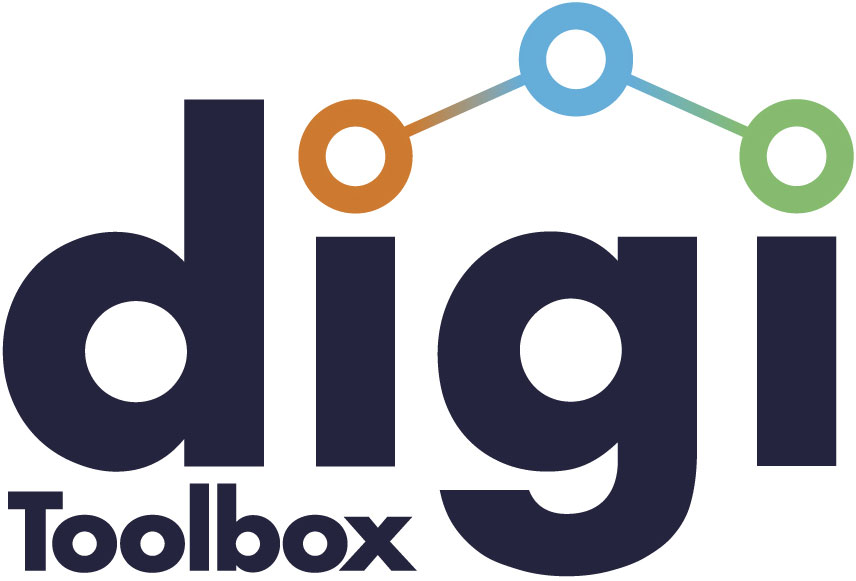10 Key Elements of a Good Website Design: What Every Business Needs to Know
In an increasingly digital-first world, a good website is no longer optional—it’s essential. Whether you run a small local business or a global enterprise, your website is often the first point of contact for potential customers. A well-designed website isn’t just about aesthetics; it’s about functionality, usability, and achieving your business goals. Let’s dive into the ten key elements that define good website design and explore why they matter.
1. Clear Purpose
A website without a purpose is like a map without a destination. A good website design should have a clear and defined purpose that aligns with your business goals. Ask yourself:
- Are you selling products or services?
- Are you building brand awareness?
- Are you aiming to generate leads or provide information?
Once you have clarity on your goals, ensure that every element of your website—be it text, images, or navigation—supports this purpose. For instance, an e-commerce website should make purchasing effortless, while a blog should focus on delivering valuable content. Clearly communicating your purpose through headlines, images, and structure ensures visitors instantly understand the value you provide.
2. User-Friendly Navigation
Good website design prioritises ease of use. If visitors can’t quickly find what they’re looking for, they’ll leave. Here’s how to make navigation user-friendly:
- Logical Structure: Group related pages together and use clear menu labels.
- Consistent Navigation: Keep menus consistent across all pages to avoid confusing users.
- Search Functionality: For larger websites, a search bar can be a lifesaver for users.
- Breadcrumbs: These help users understand where they are on your site and allow them to navigate back easily.
A practical example of user-friendly navigation can be seen on e-commerce websites like Amazon, where intuitive filters and menus make browsing seamless.
3. Responsive Design = good website design
With over 60% of internet traffic coming from mobile devices, a responsive design isn’t optional—it’s mandatory. Responsive websites adapt to different screen sizes and provide an optimal viewing experience on all devices. Without this, you risk alienating a significant portion of your audience.
To ensure your website is responsive:
- Use flexible layouts and grid systems.
- Test on multiple devices, including tablets and smartphones.
- Avoid fixed-width elements that break on smaller screens.
Search engines like Google also prioritise mobile-friendly websites in their rankings, making responsiveness a key factor in SEO success.
4. Fast Load Times
Did you know that a one-second delay in page load time can result in a 7% reduction in conversions? Speed matters, and slow-loading websites frustrate users and harm your search engine rankings.
Tips for Optimising Speed:
- Compress images using tools like TinyPNG or ImageOptim.
- Minimise HTTP requests by reducing scripts and combining CSS files.
- Use caching to store frequently accessed data.
- Opt for fast and reliable hosting services.
A lightning-fast website not only improves user experience but also boosts your chances of ranking higher on search engine results pages (SERPs).
5. Strong Visual Appeal
First impressions are formed in just 50 milliseconds, and your good website design plays a critical role. A visually appealing website builds trust, communicates professionalism, and keeps users engaged.
Best Practices for Visual Design:
- Consistent Branding: Use your brand’s colours, fonts, and logos to ensure consistency.
- White Space: Avoid clutter by leaving enough space between elements for a clean look.
- High-Quality Images: Use professional images or graphics relevant to your business.
- Readable Fonts: Choose fonts that are easy to read across all devices.
Tools like Canva and Adobe Spark can help businesses create visually appealing elements even without professional design expertise.
6. Compelling Content
Content is the backbone of any website. Even the most stunning design will fail if the content doesn’t engage or inform users. Good website design integrates content that speaks directly to the needs and interests of your audience.
How to Create Engaging Content:
- Know Your Audience: Understand their pain points, questions, and preferences.
- Use Simple Language: Avoid jargon and write in a tone that matches your brand personality.
- Add Visuals: Infographics, videos, and charts break up text and make content more digestible.
- Keep It Updated: Regularly update your content to reflect current trends and information.
Internal linking is another key strategy—link to other relevant pages on your site to keep users engaged and improve SEO.
7. Call-to-Actions (CTAs)
A website without CTAs is like a shop without a cashier. CTAs guide users toward specific actions, whether it’s signing up for a newsletter, making a purchase, or downloading a brochure.
Tips for Effective CTAs:
- Use Action Words: Phrases like “Get Started,” “Learn More,” or “Buy Now” are direct and engaging.
- Standout Design: Make your CTAs visually distinct with contrasting colours.
- Strategic Placement: Position CTAs where they are easily visible, such as at the end of a page or above the fold.
Testing different CTAs through tools like A/B testing can help identify which ones perform best.
8. SEO Optimisation
Good website design is as much about visibility as it is about aesthetics. Optimising your site for search engines ensures it reaches your target audience.
Key SEO Practices for Web Design:
- Meta Tags: Write compelling meta titles and descriptions that include your target keywords.
- Alt Text: Add descriptive alt text to all images for accessibility and SEO.
- URL Structure: Use clean and keyword-rich URLs.
- Internal Linking: Link to other pages on your site to improve navigation and SEO.
- Site Maps: Submit an XML sitemap to search engines to help them crawl your site efficiently.
Integrating SEO from the start ensures your site performs well in organic search results.
9. Secure and ReliableTrust is a critical factor in retaining users. A secure and reliable website not only protects sensitive user data but also builds credibility.
Security Measures to Implement:
- SSL Certificate: Ensure your site uses HTTPS to protect data and reassure visitors.
- Regular Updates: Keep your CMS, plugins, and themes updated to avoid vulnerabilities.
- Backup Solutions: Regular backups ensure your data can be restored in case of an issue.
- Firewalls: Use web application firewalls to block malicious traffic.
A good website design that prioritise security tend to see better engagement and conversions, as users feel confident interacting with them.
10. Analytics and Continuous Improvement
Your website is never truly “finished.” To stay competitive, you need to monitor its performance and make regular improvements.
Analytics Tools to Use:
- Google Analytics: Track user behaviour, traffic sources, and conversions.
- Hotjar: Understand how users interact with your site through heatmaps and session recordings.
- SEMrush: Monitor SEO performance and identify areas for improvement.
By analysing data, you can identify bottlenecks and optimise your site to better meet user needs. Regularly refreshing your design and content also ensures your website stays modern and engaging.
Conclusion
Building a website with good website design that looks good and performs even better is a multifaceted process. By focusing on these ten key elements—clear purpose, user-friendly navigation, responsive design, fast load times, visual appeal, compelling content, strong CTAs, SEO optimisation, security, and continuous improvement—you can create a website that stands out in the digital landscape.
At Digi Toolbox, we specialise in creating bespoke website designs tailored to your business needs. Ready to elevate your online presence? Contact us today for a consultation.
For expert website design services, contact Digi Toolbox:
Phone: 01489 297070
Email: hello@digitoolbox.com
Book a Meeting with a Specialist
Frequently Asked Questions (FAQs)
Q1: What software is best for building a good website design?
A1: Platforms like WordPress, Wix, and Squarespace offer flexibility and user-friendly tools to create well-designed websites.
Q2: How do I make my website more user-friendly?
A2: Focus on intuitive navigation, fast load times, and mobile responsiveness to enhance user experience.
Q3: How does SEO impact good website design?
A3: SEO-friendly design ensures your site ranks higher on search engines, bringing in more organic traffic and improving visibility.
Q4: Is it worth investing in a professional to ensure good website design?
A4: Yes, professional design ensures your website is tailored to your goals, optimised for performance, and aligned with industry standards.
Q5: What is the cost of good website design in the UK?
A5: Costs vary depending on the complexity of the site but typically range from £1,000 to £10,000 for a professional design.




